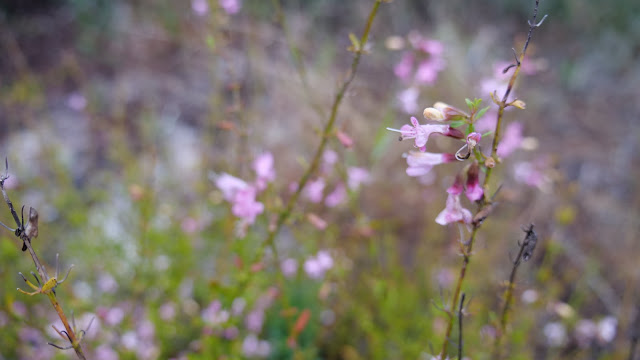Conservation and Habitat Restoration for Two Florida Endemic Mints

We're proud to announce we were awarded a Powerful Communities Grant from Duke Energy for our Conservation and Habitat Restoration for Two Endangered Mint Species! We're putting it to work by deploying staff and volunteers to monitor two populations of endemic Florida mints. The first rare mint, Blushing Scrub Balm ( Dicerandra modesta ), is endemic to Polk County. The second is Longspurred Balm ( Dicerandra cornutissima ) and is endemic to Marion and Sumter Counties. Both are State and Federally Listed Endangered native plants. We have two main goals: annually monitor these two populations and restore the two sites. The largest and only publicly-protected population of Longspurred Balm occurs on the Marjorie Harris Carr Cross Florida Greenway in Marion County. This population was impacted by the recent construction of an access road. There is only one population of blushing scrub balm on public lands and possibly only one small population remaining on private lands...
